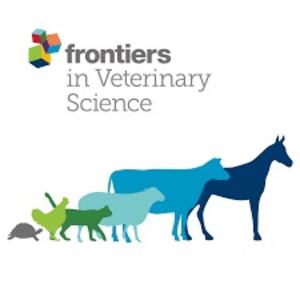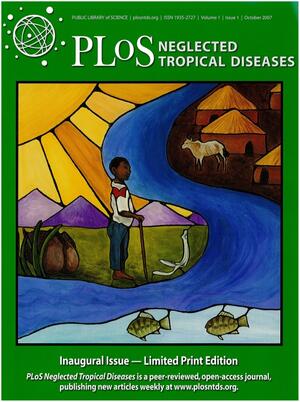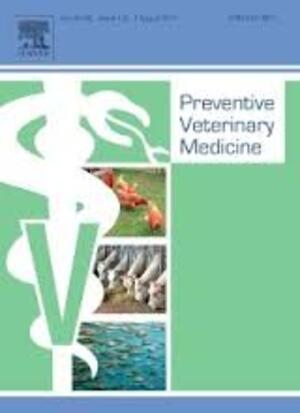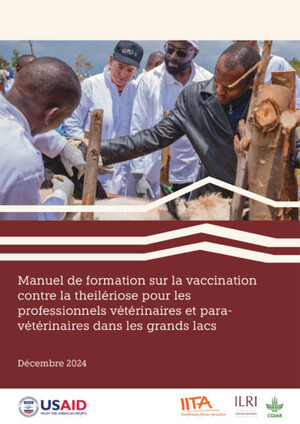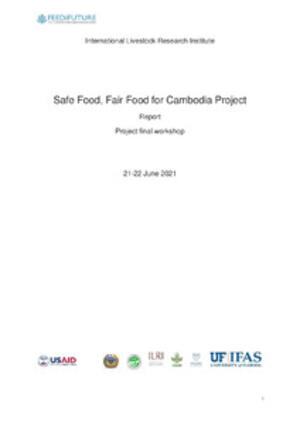
Rift Valley fever: Influence of herd immunity patterns on transmission dynamics
Abstract
Introduction
Rift Valley fever virus (RVFV) transmission gets elevated following periods of excessive and persistent rainfall. The
average inter-epizootic period in Kenya has been estimated to be 3.6 years (range 1–7 years). It is presumed that herd
immunity plays an important role in modifying the length of these intervals given that the risk of an epidemic intensifies
when herd immunity is low. The objective of this study was to evaluate the relationship between herd immunity and
RVFV transmission dynamics.
Materials and Methods
We developed a model to simulate RVFV transmission dynamics. The model comprises 2 vectors (Aedes and Culex
spp.) and 2-hosts (cattle and sheep). Vector population dynamics are driven by precipitation obtained from Tropical
Rainfall Measuring Mission (TRMM) while those of hosts are parameterized based on socio-economic data obtained
from empirical studies conducted in Ijara, Kenya. Simulations are implemented for the period: 1st January 2005 and
23rd June 2010 in an attempt to predict the recent 2006/7 outbreak and other seasonal transmissions that occur
during wet seasons.
Results
The model reproduces the 2006/7 RVF outbreak and predicts a high herd immunity level at the end of that outbreak,
with 90% of sheep and 72% of cattle being immune. This immunity wanes overtime, declining to 18% in sheep and
42% in cattle by the end of the simulation period (~4 years). The rate of decline is higher in sheep relative to cattle
probably due to the greater population turnover associated with higher fecundity rate, off take, replacement rate and
shorter lifespan. These analyses also show that seasonal/inter-annual transmissions boost herd immunity. Preventing
these transmissions leads to a reduction in herd immunity levels (10.9% in sheep and 30.6% in cattle) by the end of
the simulation period. These inter-annual transmissions might be responsible for sustaining herd immunity over time
especially when there are no external shocks associated with droughts, migration and tribal animosities.
Conclusions and Recommendations
This is the first study to utilize a simulation model to demonstrate the impacts of RVF immunity on RVF transmission
and it has huge potentials for use in evaluation of cost-effectiveness of vaccination campaigns.
Citation
Gachohi, J. and Bett, B. 2015. Rift Valley fever: Influence of herd immunity patterns on transmission dynamics. Presented at the Regional Conference on Zoonotic Diseases in Eastern Africa, Naivasha, Kenya, 9-12 March 2015. Nairobi, Kenya: ILRI.





